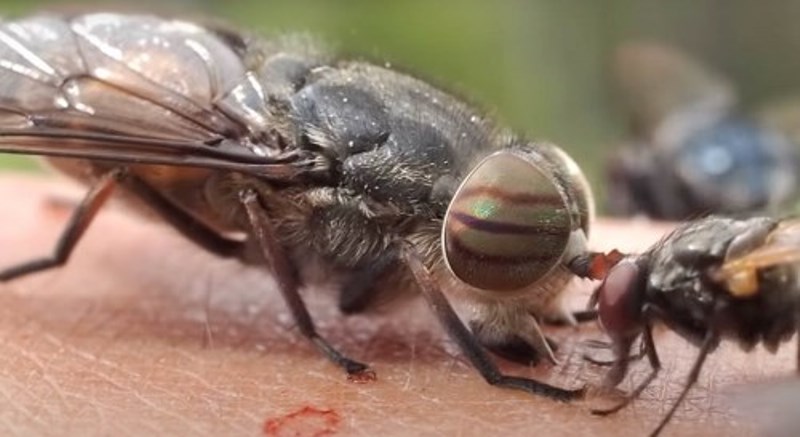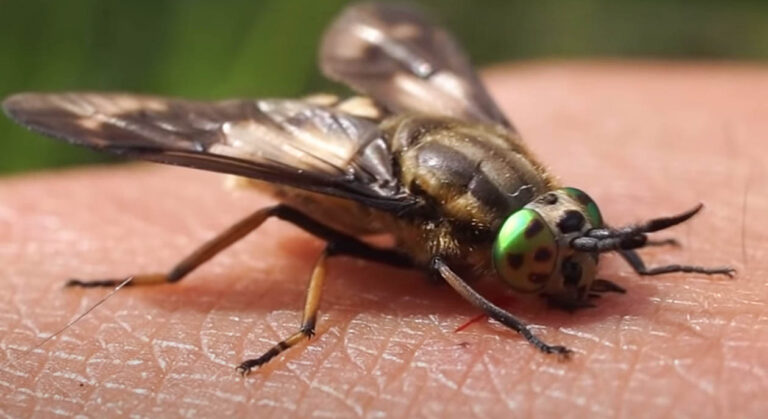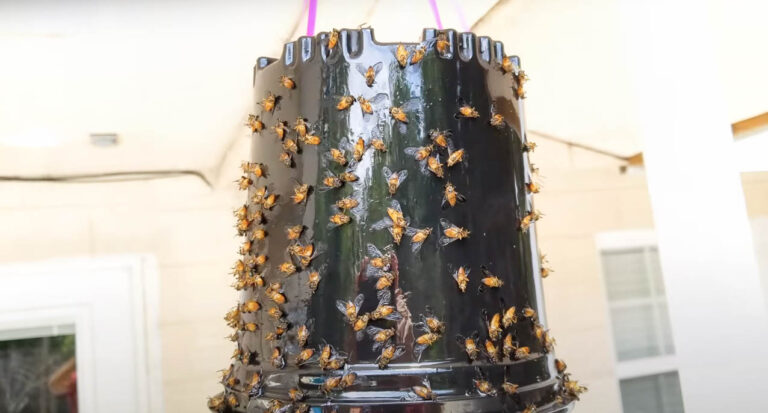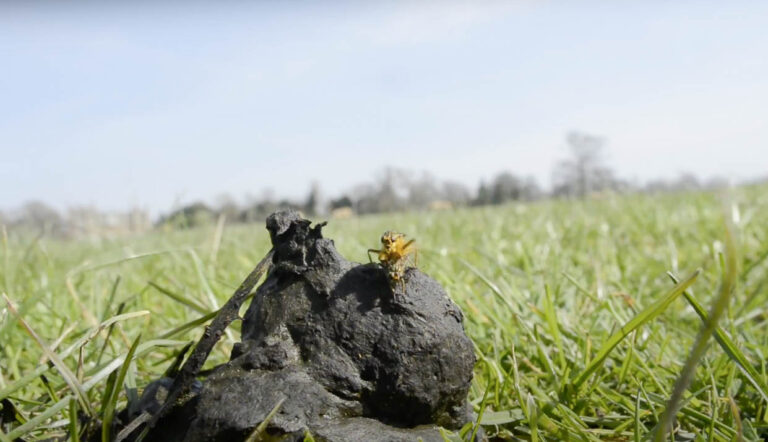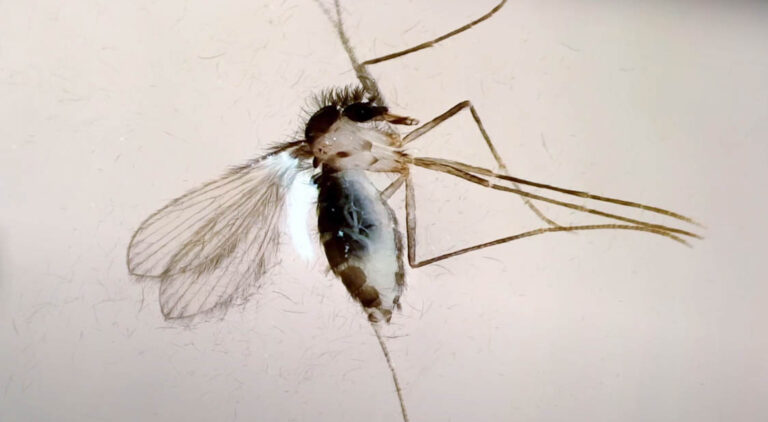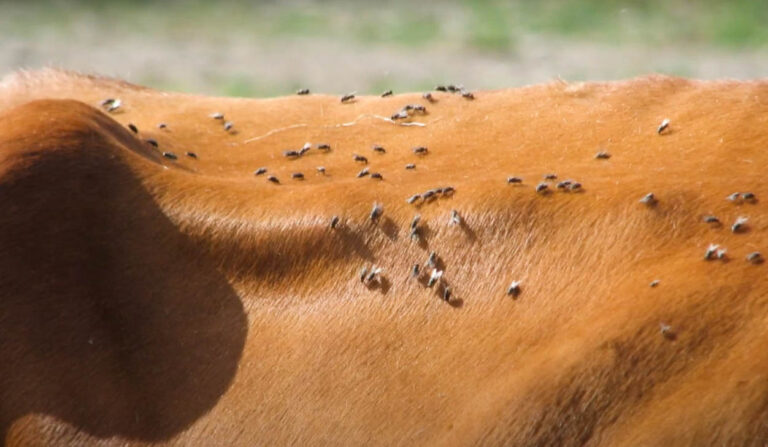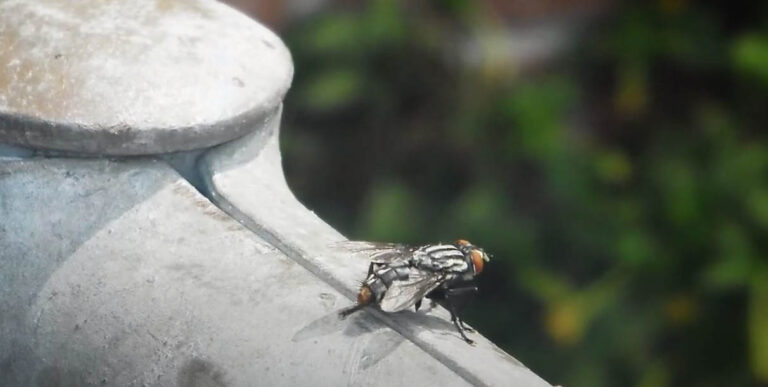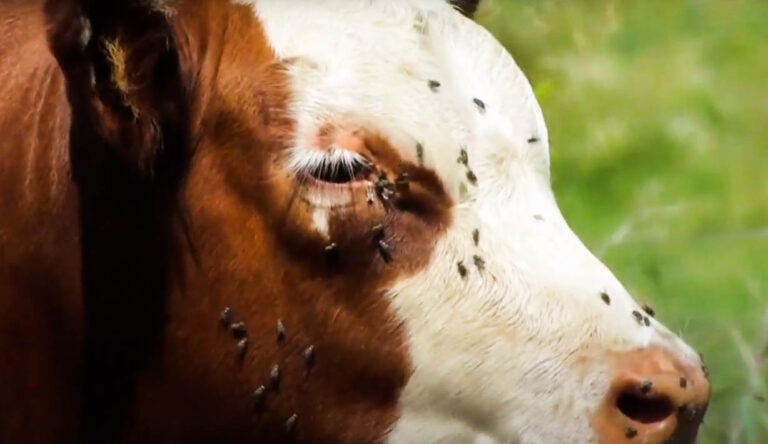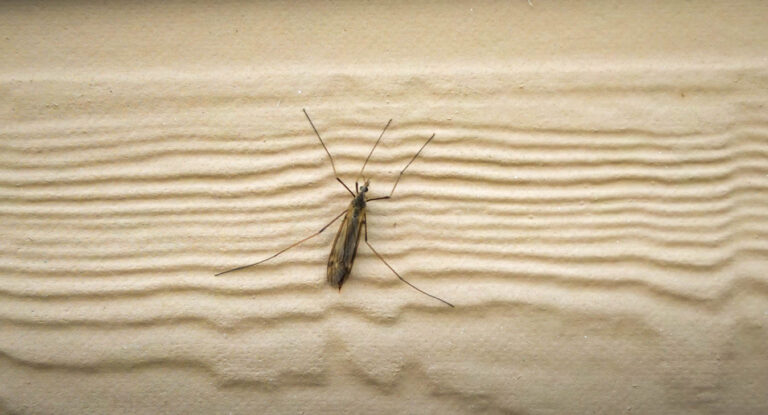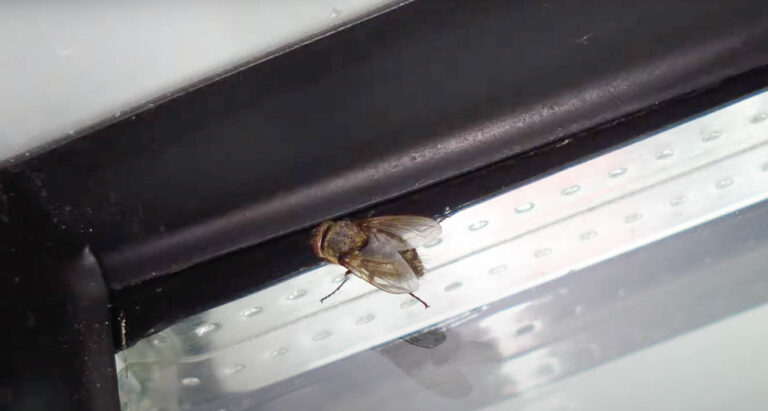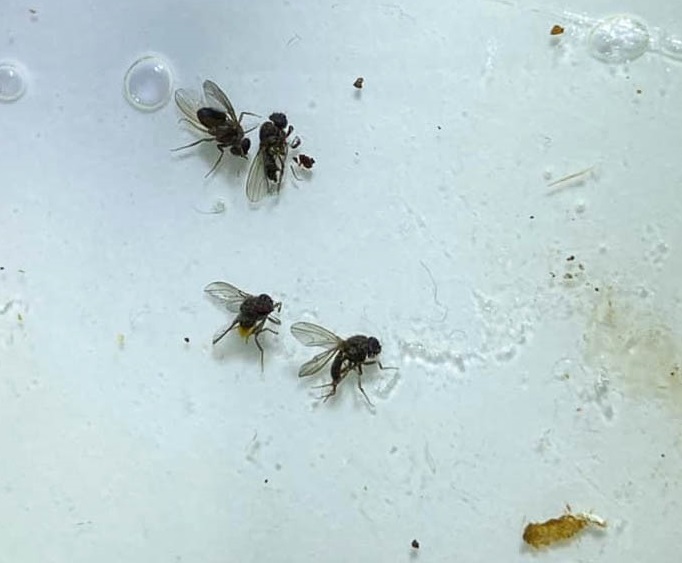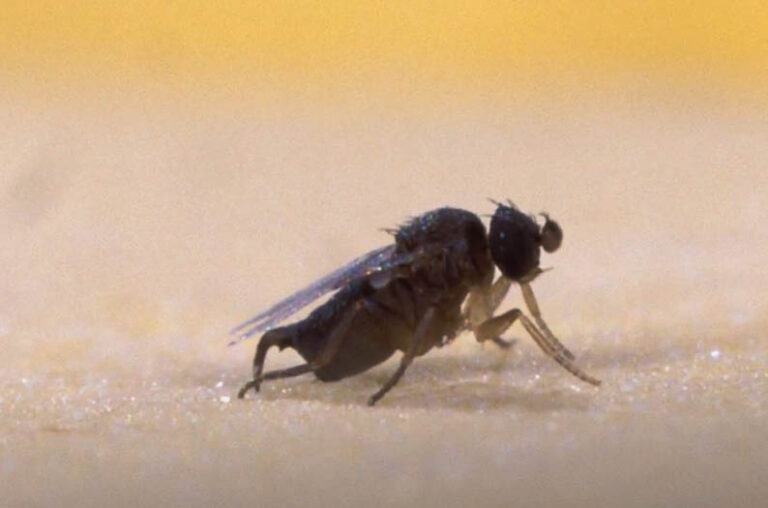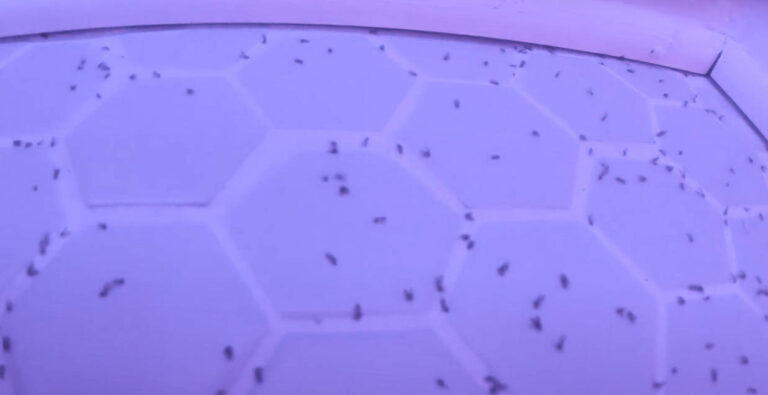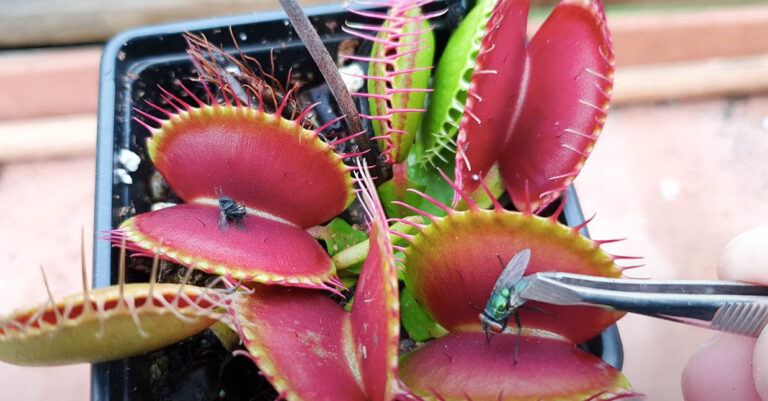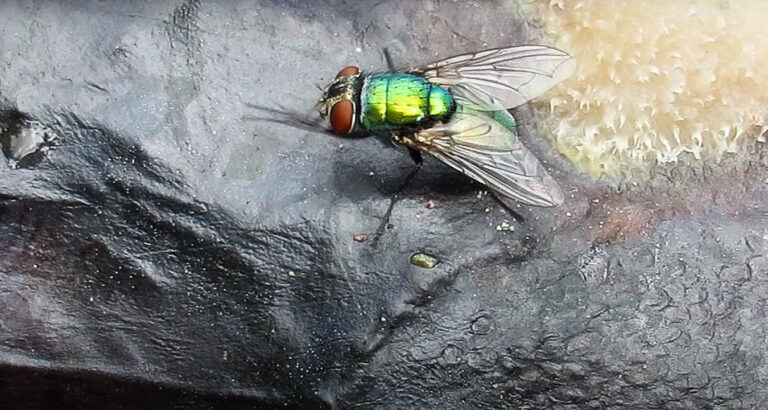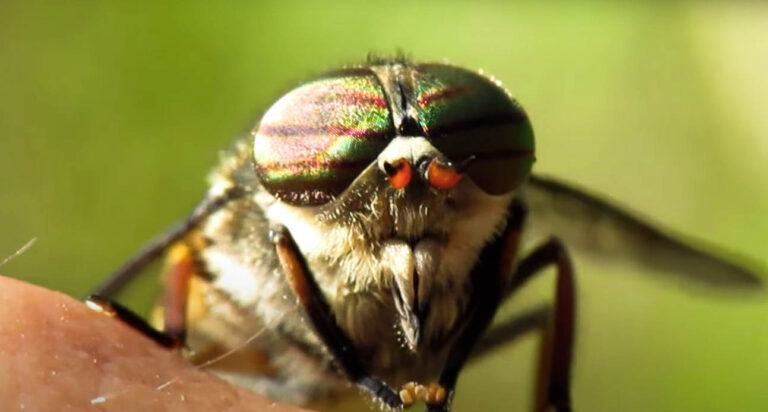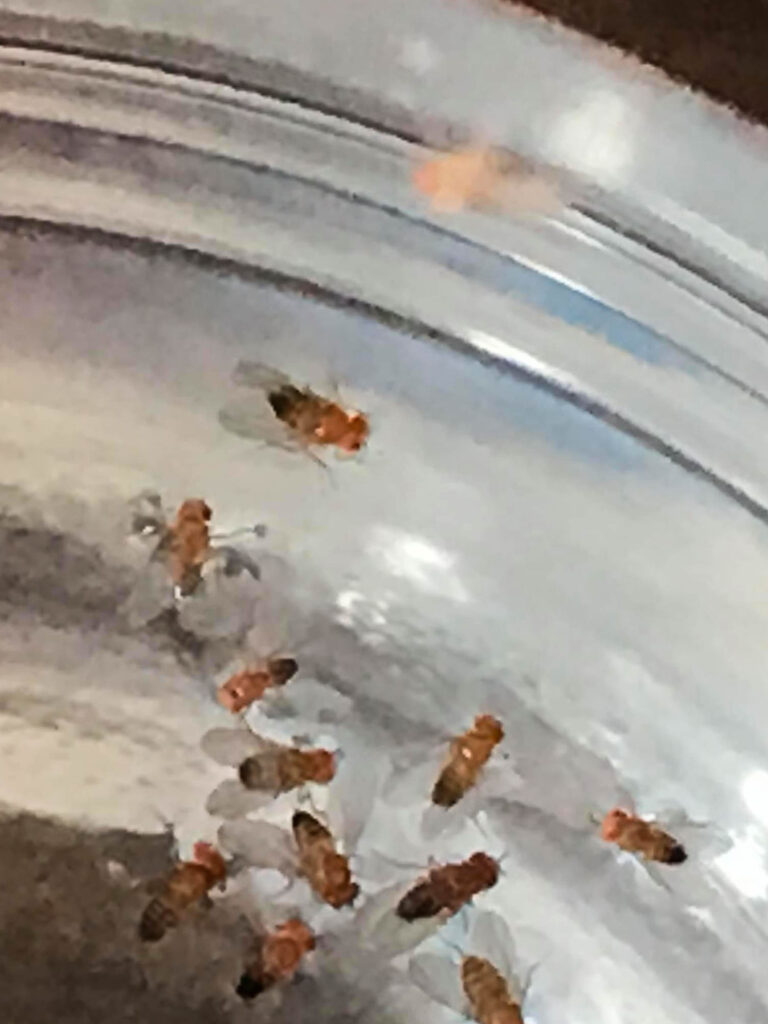About the Horsefly
Appearance
Horseflies are a widespread form of fly. They are typically around 1.3 cm to 3.2 cm (1/2 to 1 ¼ in) in length. Their bodies are stout, with black or greyish patterning. Most notable are their large compound eyes, which dominate their heads. They are a brilliant green color, which stands out from the dusky body coloring. In addition, two antennae – made of three segments – protrude from the head. Their entire head and thorax are coated in short hairs. Horsefly mouths are a complicated piece of equipment but are largely dependent on the sex of the fly. Females mouths consist of bladelike mandibles and maxillary laciniae that are used for slicing into the skin and into blood vessels. There is a sponge-like appendage, used for sucking up the blood. In contrast, male mouths are rudimentarily similar but substantially weaker due to differences in diet. On their back, horseflies possess a pair of wings, attached to the thorax. Their tails are segmented and tapered. They have six legs, similar to all other insects.
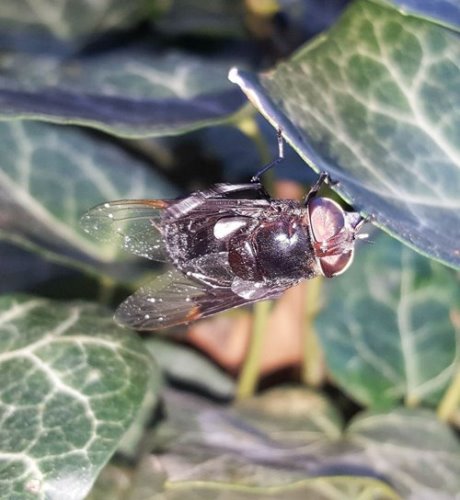
Behavior
Horsefly females are known to be aggressive blood feeders. Once they’ve selected a target, they will use their bladelike mandibles to slice into their prey. They then allow the blood to pool, using a sponge-like appendage to suck up the blood. On the other hand, males primarily eat pollen and plant nectar, which explains the differences in anatomy. Female horseflies detect their prey by a combination of chemical and visual cues. Over longer distances, carbon dioxide concentrations guide them towards a target. Then at shorter distances, size, shape, and color allow the horse fly to find their prey. As their name suggests, horseflies primarily feed on large animals such as horses and cattle. However, they have been known to feed on humans during summer. En masse, female horseflies can suck up to three ounces of blood from a victim.
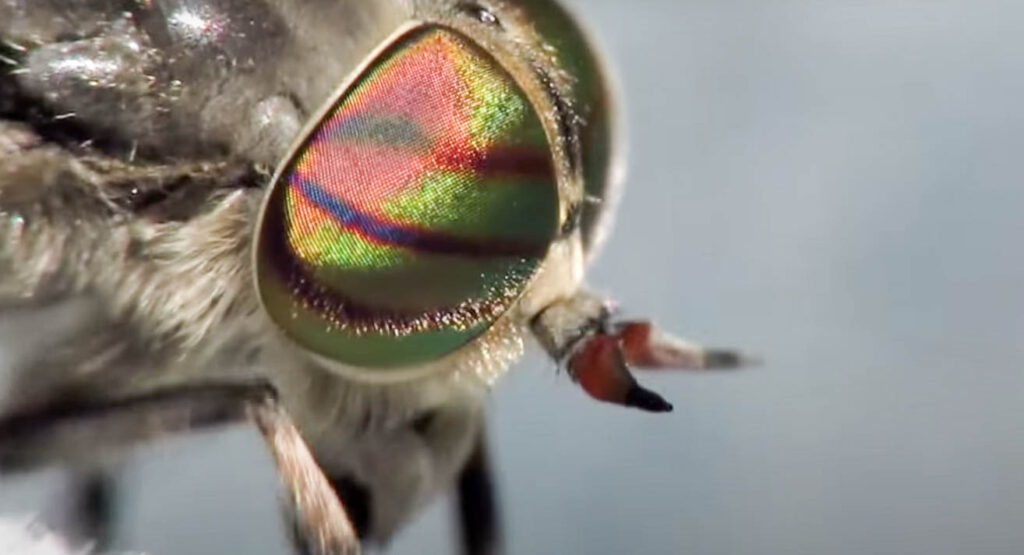
Life cycle
Mating and reproduction primarily occur in aquatic or semi-aquatic locations, such as ponds or marshes. Eggs are laid in clusters of up to 1,000. These eggs are around 1-3mm in length and are piled up 3-4 tiers high. They are white at the time of laying, but turn a darker shade: grey, brown, or black, shortly. Females drink so much blood mainly to assist with the reproductive process. The eggs hatch within six days, and the larvae then fall into the water or moist ground below. Larvae are described as large, whitish, and spindle-shaped. Being carnivorous, larvae are often kept apart, to prevent early conflict. Their mouths are strong, being used to capture or subdue prey, such as worms, other larvae, or arthropods. Once the larval stage is over, they search for higher and drier ground and enter into a pupate. These are a glossy, brown hard shell, tapered at one end. The metamorphosis into the final horsefly form takes around two weeks. At which point, the pupal case splits, and a fully-formed adult horsefly emerges. From egg to death, the horsefly lifespan is around 30 to 60 days.
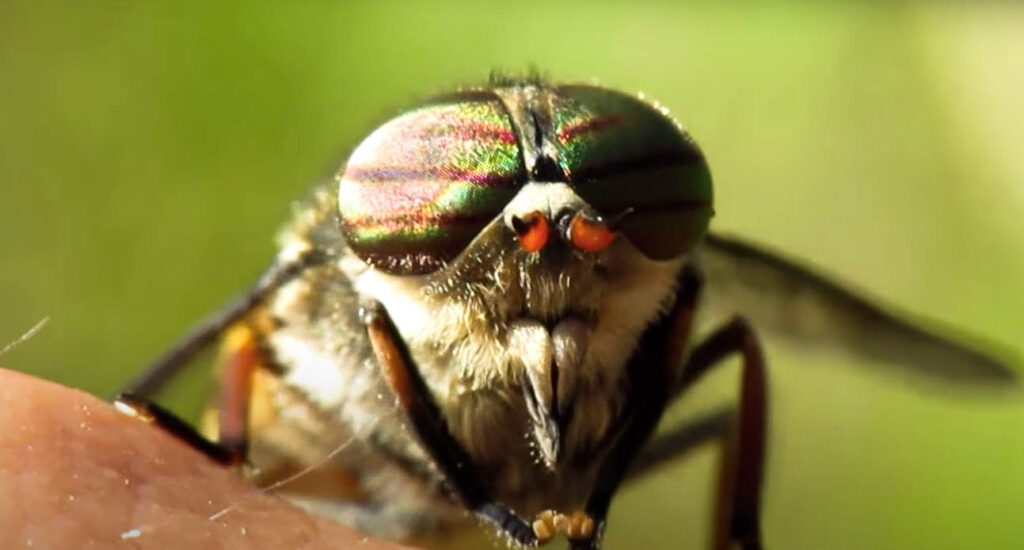
Habitat
As mentioned, horseflies prefer to mate and reproduce in damp semi-aquatic environments. Therefore, they are often found near streams, marshes, and wooded areas. This area, along the water’s edge, is known as the riparian zone. They generally prefer slower-moving bodies of water, such as pools, as compared to fast-flowing sections. This is likely because the female’s primary source of food, cattle, and horses, are typically found closer to slower-moving sections of water. They are also known to burrow into sand or gravel, alongside the water bodies they inhabit.
